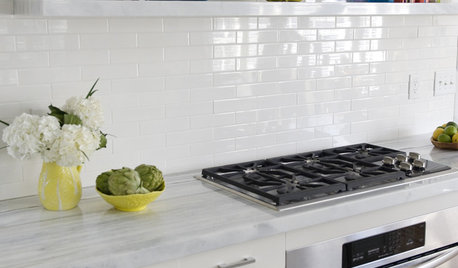Microwave blanching ?
bejay9_10
16 years ago
Related Stories

KITCHEN DESIGNKitchen of the Week: Casual Equestrian Feel on a Horse Farm
Red cabinetry, salvaged barn decor and a window for feeding treats to horses combine in a lively, comfortable family kitchen
Full Story
HEALTHY HOME12 Ways to Set Up Your Kitchen for Healthy Eating
Making smart food choices is easier when your kitchen is part of your support team
Full Story
KITCHEN APPLIANCESFind the Right Cooktop for Your Kitchen
For a kitchen setup with sizzle, deciding between gas and electric is only the first hurdle. This guide can help
Full Story
KITCHEN DESIGNWhat to Do if Your Kitchen Is Simply Too White for You
Does your all-white kitchen have you craving a little color? Here are some ways to introduce it
Full Story
RANCH HOMESHouzz Tour: Budget Remodel for a Midcentury Oregon Rancho
With help from friends, an interior designer and her husband refresh an efficient, timeless home in Portland for $15,000
Full Story





diane62ma
ksrogers
Related Professionals
Allentown Landscape Architects & Landscape Designers · Brentwood Landscape Architects & Landscape Designers · South Elgin Landscape Architects & Landscape Designers · Wareham Landscape Architects & Landscape Designers · Waterbury Landscape Contractors · Bellefontaine Neighbors Landscape Contractors · Brockton Landscape Contractors · Caldwell Landscape Contractors · Euclid Landscape Contractors · Fridley Landscape Contractors · West Orange Landscape Contractors · Markham Landscape Contractors · Franklin Roofing & Gutters · Nashville Roofing & Gutters · Parker Roofing & GuttersLinda_Lou
zabby17
foothillfarm